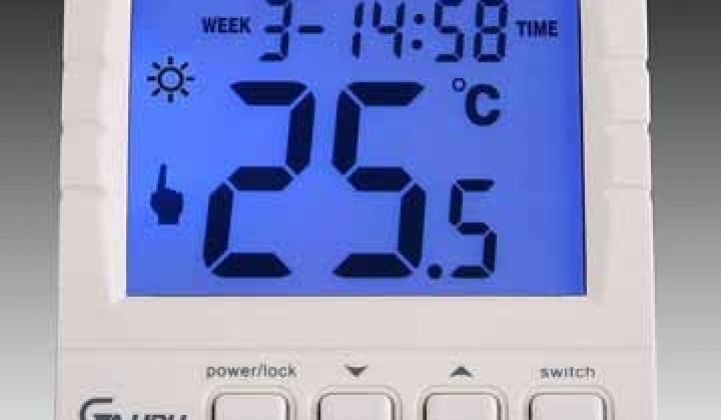The good news in the results of a smart meter/home automation trial conducted by CenterPoint Energy is that in-home displays can encourage conservation and energy awareness.
Seventy-one percent of the 500 participants said that they took actions to lower their energy consumption as a result of having an energy monitor.
The bad news? The primary action that these consumers took to lower their energy consumption was to turn off their lights.
According to the results, 83 percent of the participants said they were encouraged to turn off the lights at night or when they left a room because of their in-home display.
No wonder I couldn't sleep. The lights were on. This thing's better than Ambien. At least no one replied, "Learned to stop putting head in freezer to cool off" or, "Unplugged backyard bouncy house."
Fifty-one percent adjusted the setting on their thermostat, while 34 percent switched light bulbs.
The results (see full survey here) do actually provide some hope for the HAN industry. Homes consume 20 percent of the power in the U.S. and that power is often not consumed in efficient ways. Air conditioners run when the residents aren't home. Ancient refrigerators in the garage consume drastic amounts of power. Still own an old water heater or antique Wedgewood stove? Back in the '70s, 10 percent of household gas consumption went to pilot lights: electronic ignition helped ameliorate that problem. Last week's peak power moments in the Midwest and East Coast also underscored the need for better control over home power consumption.
The challenge for HAN companies has been how to 1) get people to persistently pay attention to energy consumption and 2) get them to take action to keep power consumption down. HAN companies also face an inherent conflict with retrofitters. Once you replace your bulbs and buy new appliances, the value of an independent network that can automatically control your thermostat diminishes. Time-of-use and peak-pricing plans would make HAN valuable even after retrofits and systemic fixes like swapping light bulbs are taken, but most consumers aren't on dynamic pricing plans.
Companies such as EcoFactor, Tendril, OPower, iControl, ThinkEco and secretive Nest Labs among others have been trying to concoct services and/or products to help thread the cost/effectiveness/usability needle. Both Google and Microsoft have already bowed out of this race. So far, the general consensus has been that HAN can take off if utilities help underwrite the cost and if some functions (like heating and air conditioning) can be managed via computers and networks.
If anything, the CenterPoint trial showed that awareness can be achieved and that consumers are willing to take corrective action. Forty percent of the respondents said that their next step would involve purchasing EnergyStar appliances and 33 percent said they would seal air leaks. A survey conducted by Silver Spring Networks back in 2008 found similar results.
A total of 84 percent claimed they would continue using their in-home displays, and 42 percent said they would definitely recommend them to their friends. A survey conducted by Silver Spring Networks back in 2008 found similar results.
"I love the box. I look at it all day, as I am retired," said one respondent. "It has made me very conscious about what is on in my house."
"Everyone loves it," wrote another. "Even the little kids are learning to read it and keep up with the usage."



